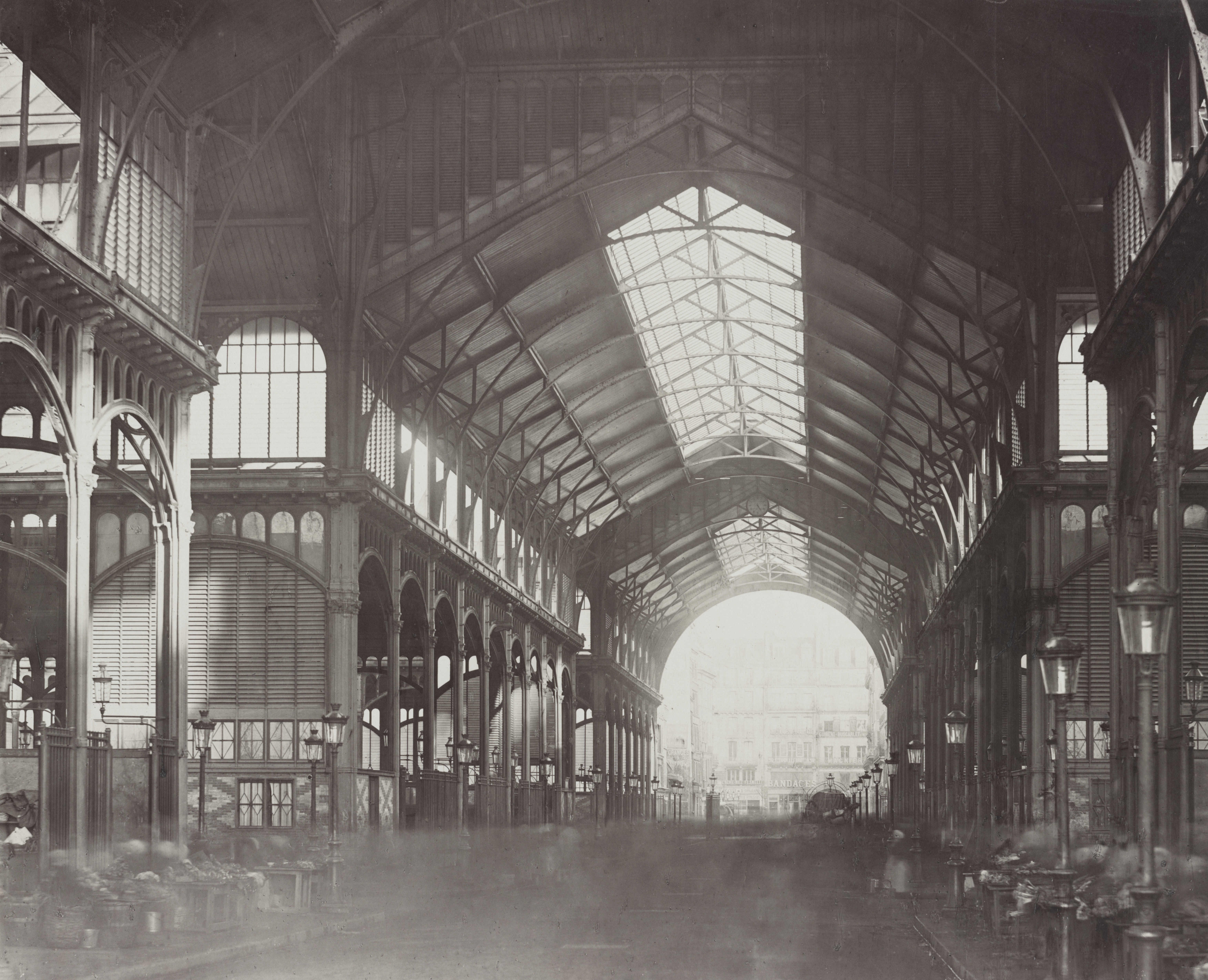Runners zipped down the bike lane, out to beat the rising temperatures. We arrived at Skillman Avenue, just west of 43rd Street, a little after 7am. The sun was rising, the sky still lit with the glow reserved for early-risers and weekend revelers. It was opening weekend at the Greenmarket in Sunnyside, Queens. Ron parked the truck with a jolt and I almost spilled my coffee. The cider, oversized apple turnover, and apple farmers had not arrived yet. Patrick pulled up behind us, honking. He would unload crates of integrated pest management apples and tomatoes, challenging the expectations of seasonal produce. He works with Jesus and together they take home thousands, I’m sure.
Ron opened the back of the truck; the careful Tetris-stacks of crates were still intact. We pulled the tent out first. It was forest-green and rusty, squeaking and fighting against my too-timid fingers. Ron could do it faster, pushing in the silver button and pulling down the legs. By the time I had pushed one leg up two notches, he had finished the other three. The tables were next, cheap plastic things with folding legs. They were easy. Bleach-stained black sheets served as tablecloths, an empty wooden crate as a cash register.
The potatoes, carrots, onions, beets, and sweet potatoes came first. Ron lifted these crates, tilting them up on the table. The overwintered roots tumbled forth from rotting, nail-ridden horns of plenty. That week, many of the sweet potatoes had rotted. Spring carrots and spring beets decorated the tops of the crates of their cold-storage counterparts. Crates of kale and broccoli raab came next, tilted up in the same manner.
Ron deposited a crate of shining alliums under the tent. They looked too neat for cold storage and too early for summer shallots. I doubted where they came from—our farm, or a wholesale vendor? I nod and smile later in the day when customers remark, “How good the shallots look.” I’m careful to hide that I have never been to Pine Island, New York, have never felt the region’s black dirt between my fingers, and take the C train down from Harlem at the crack of dawn to sell local produce. I am all too aware of how my arrival at the market is different from the brute force of Emile Zola’s opening to The Belly of Paris:
Amidst the great silence, and in the emptiness of the avenue, the carts of farmers climbed towards Paris, with the rhythmic jolts of their wheels, whose echoes sounded off the facades of houses, out cold, behind muddled rows of elm trees. A cart of cabbage and a cart of peas, on the Neuilly Bridge, were joined by eight carts of turnips and carrots that came down from Nanterre; the horses went ahead alone, heads lowered, from their continuous and lazy allure, that the climb slowed down even more. Above, atop the charge of vegetables, lying flat on their stomachs, covered by their cloaks with small black and grey stripes, the drivers slept, the reins in their fists. A gaslight, at the end of a path of darkness, revealed the nails of a shoe, the blue blouse sleeve, the top of a cap, glimpsed in this immense flood of red bunches of carrots, white bunches of turnips, greenery overflowing with peas and cabbage. And, on the road, on neighboring roads, before and behind, the distant rumblings of carts announced similar convoys, a great delivery crossing the shadows and the deep sleep of two in the morning, cradling the dark city in the noise of the food that passed by.
Zola describes Les Halles, the glass and iron vaulted pavilions that sat at the center of Paris. Paris was fed from those market stalls. The buying and selling of food from nearby occupied a central space in the spatial and social geography of the city. It was torn down in 1971 to make way for an underground shopping mall-cum-train station. Zola captures the market in its substance and significance. The rumbling of endless horse-drawn carts echoes in my eardrums. The round smell of soil and the tangy odor of fresh-cut carrots fill my nostrils. Paris buzzes in the middle of the night. The energy produced by the rumbling carts will fuel the city, filling bellies. Les Halles indicates a particular kind of city, whose mechanisms are visible, tangible—one where the streets are dirty.
The raw intensity with which Zola writes about coming to the market describes something wholly other than the energy of the farmer’s markets around New York. Greenmarkets are not about the input it takes to run a city. Rather, farmer’s markets seek to expose the arrival and origins of food. Much of the food consumed in the city arrives in stealth, prepackaged or frozen, distorted from original intersections of muscle, fat, and bone. At the market, though, trucks line the streets on market days and food spills forth from weathered crates caked with earth. The journey from earth to plate is visible.
The narrative of farm-to-table is as important as the food itself. The produce moves into the hands of high-end restaurant chefs and the baskets of shoppers. Farmer’s markets become more integral to the city each year, but not yet have they become its belly. Zola reminds us that this was once regular, that whole cities fed on the surrounding land. The market was for everyone; it was populaire. The city depended on that marketplace and its bounty. The markets of today need a dash of that brute force, that sense of necessity and power.
*****
Nina Sparling is a recent graduate of Sarah Lawrence College where she studied food politics and comparative literature. Currently she works as a cheesemonger in Brooklyn and interns for New Vessel Press. Her blog, The Analog Kitchen, hopes to offer a kind of cooking that responds to place and memory as much as to proportion.
Read more from this series:

